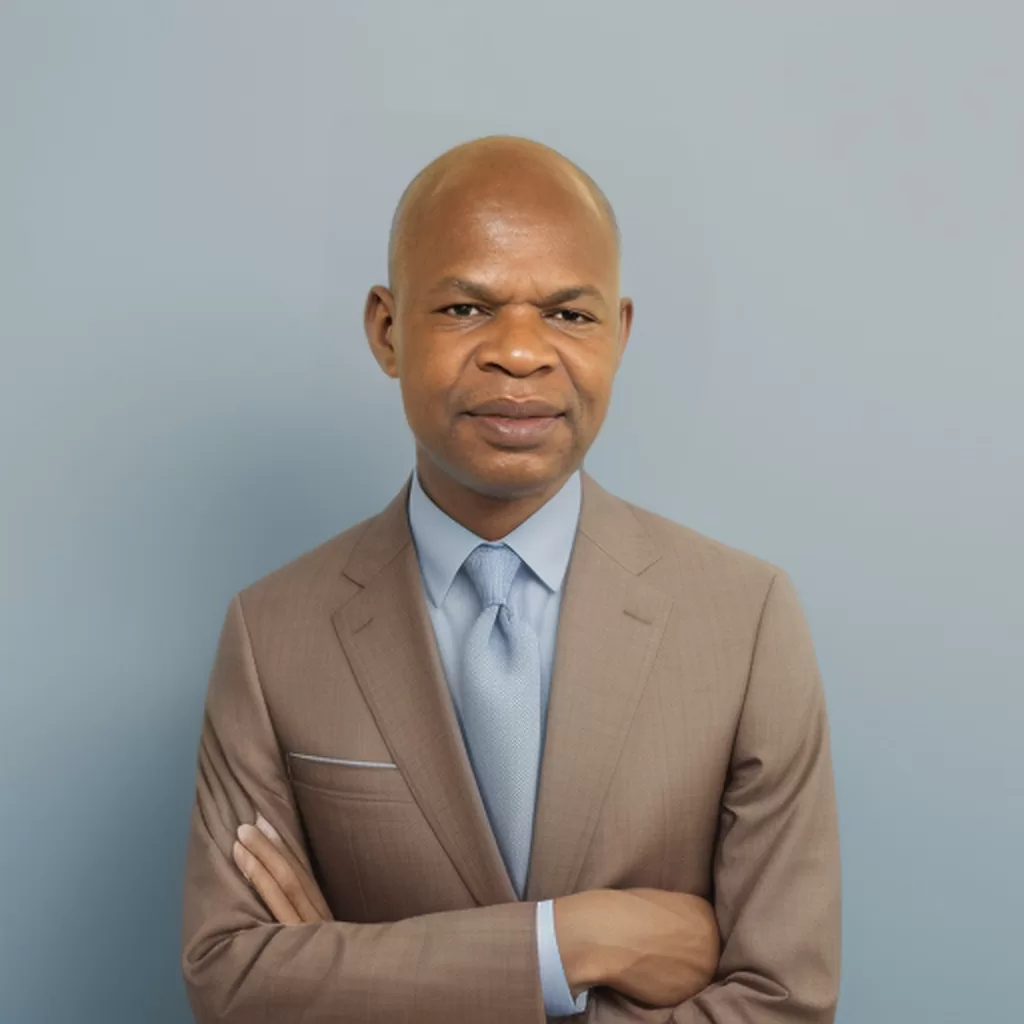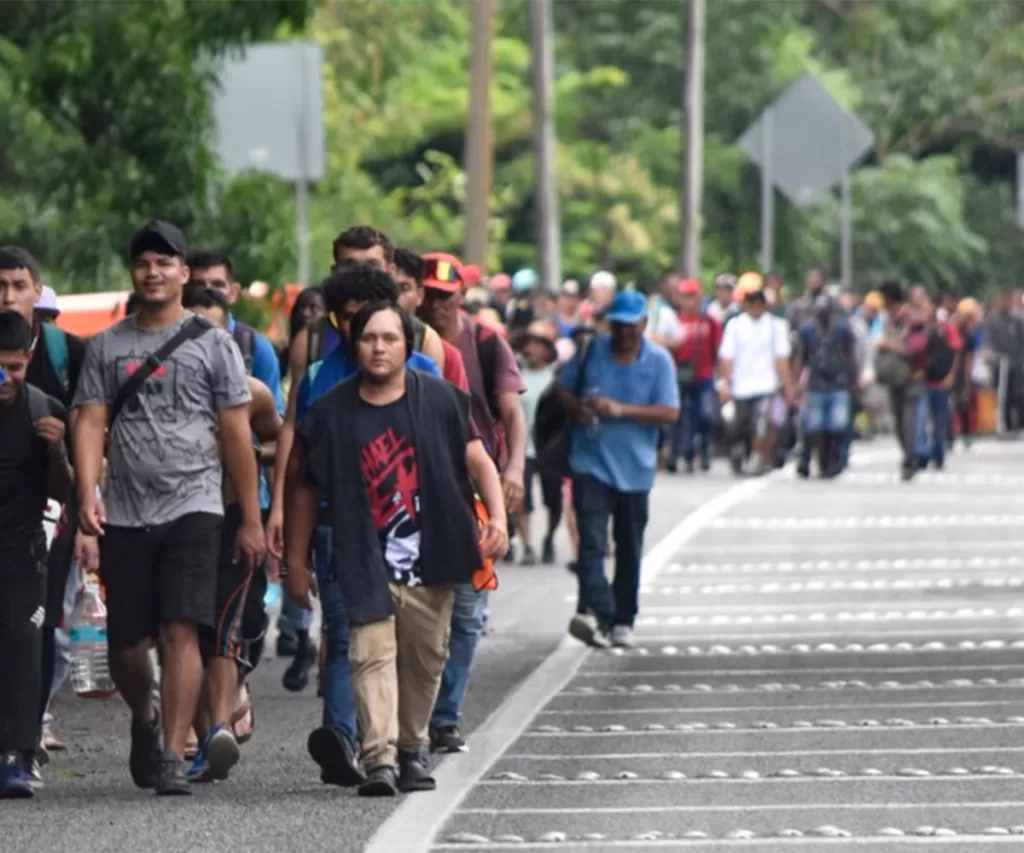Desperation and Determination: Migrants Embark on US-Bound Caravan
Written by Contributing Author, Charles Wekesa

By Charles Wekesa
The journey isn't just physically demanding - it's dangerous. Criminal groups often target migrants, demanding money or kidnapping them for ransom. Families back home receive frightening phone calls, asking for payments to ensure their loved ones' safety.
Charles Wekesa Tweet

A new migrant caravan of approximately 1,500 people has begun its journey from Tapachula, a city in southern Mexico. These brave individuals from various Central and South American countries are racing against time, hoping to reach and cross the U.S. border before potential policy changes in January. With their belongings in backpacks and dreams in their hearts, they’ve started a journey that spans over a thousand miles.
What Are Migrant Caravans?
Remember those road trips where you feel safer traveling in a group? That’s exactly what migrant caravans are about. Since 2018, these group journeys have become a way for people who can’t afford expensive smugglers to travel together safely. Think of it as a community on the move, where people look out for each other.
“We travel together because there’s safety in numbers. One person alone is vulnerable, but together we can protect each other,” shares Maria, a mother of two from Honduras.
However, these caravans often face difficult choices. Many break apart within the first 155 miles as people get tired or run low on supplies.
Obstacles Migrants Face:
Cartel Threats
The journey isn’t just physically demanding – it’s dangerous. Criminal groups often target migrants, demanding money or kidnapping them for ransom. Families back home receive frightening phone calls, asking for payments to ensure their loved ones’ safety.
Natural and Physical Barriers
- Walking under the hot sun for hours
- Limited access to water
- Covering 1,770 kilometers on foot
- Parents carrying young children
- Sleeping in open spaces
Why Migrants Persist in Setting Out
Life in Tapachula has become incredibly difficult for many migrants. Without work permits, finding jobs is nearly impossible. Yotzeli Peña, who left Venezuela with her family, explains: “We can’t just sit and wait. Our children need food, and we need to find work. We hope to cross before January when things might get harder.”
Efforts to Curb Caravans
The CBP One app was created to help organize asylum appointments. It’s like booking a doctor’s appointment – but for seeking asylum. While it sounds helpful, many migrants prefer staying close to the border, worried they might miss their chance if they’re too far away.
Trump’s Immigration Stance
The proposed changes include:
- Stopping the CBP One app
- Making legal immigration more difficult
- Planning large-scale deportations
Do Migrant Caravans Reach the Border?
In 2018 and 2019, many large groups made it to the U.S. border, often with help from Mexican officials who arranged bus transportation. Today, it’s different. There’s less support for transportation, and authorities discourage people from helping migrants with rides.
“Sometimes the caravan breaks up because people receive temporary permits to stay in Mexico. But this doesn’t stop them from eventually trying to reach the U.S.,” explains a local aid worker.
Conclusion
As these 1,500 people continue their journey north, they carry more than just backpacks – they carry hopes for a better future. While policies and borders may change, the human spirit’s search for safety and opportunity remains constant. Their story reminds us that behind every migration statistic, there are real people making incredibly difficult choices for their families’ futures.
Articles from Charles Wekesa
The Case for School Choice: Benefits, Challenges, and Pathways Forward
Arizona Attorney General Kris Mayes and the Trump Deportation Controversy
Biden’s Leadership and Media Accountability
Capitalism vs. Socialism – Why the Debate Persists
Deep State Dynamics in America: Understanding Its Influence on Policy and Public Trust
The Master’s Invitation: Freedom in Submission to Jesus
America’s Education Problem: Race, Gender, and Revisionist History
Daniel Penny: When Protecting Others Becomes a Crime—And Why That Should Terrify Us All Especially Blacks
Privately Funded and Bureaucracy-Free: Inside Trump’s Transition Plan
Trump’s Vision for the American Academy and Transition Strategy
The Christian Wave: How Faith-Based Voters Shaped Trump’s 2024 Victory
A Bold Policy to Rebuild Black Families and Break Cycles of Dependency


Lorem ipsum dolor sit amet, consectetur adipiscing elit. Ut elit tellus, luctus nec ullamcorper mattis, pulvinar dapibus leo.




